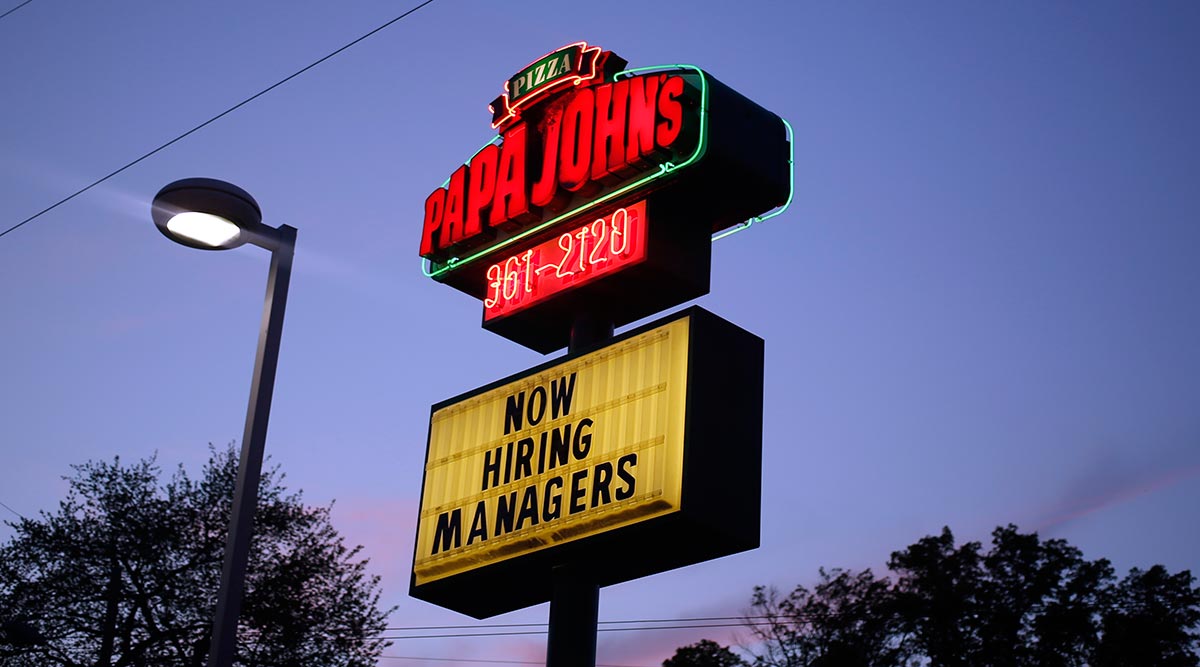Jobless Claims Decline to Match Lowest Level Since 1973

The number of Americans filing applications for unemployment benefits unexpectedly declined last week to match a more than 42-year low, indicating employers are upbeat about an economy that bogged down in the first quarter.
Jobless claims dropped by 13,000 to 253,000 in the week ended April 9, equaling the level in March that was the lowest since November 1973, a report from the Labor Department showed April 14. The median forecast in a Bloomberg survey called for 270,000. Continuing claims also declined, to the lowest since mid-October.
Scant dismissals along with persistent additions to headcounts indicate companies are looking beyond the recent softness in the economy. A jobless rate near an eight-year low and the healthy outlook for employment are among reasons some economists project consumer spending and growth to pick up this quarter.
“Jobless claims are running really low and all other labor market data are telling us that the economy is creating a lot of jobs,” said Patrick Newport, an economist at IHS Global Insight in Lexington, Massachusetts. “This is further confirmation that the labor market is strong.”
No states or U.S. territories estimated jobless claims and there was nothing unusual in the figures, according to the Labor Department.
Economists’ estimates in the Bloomberg survey for weekly jobless claims ranged from 252,000 to 290,000. The previous week’s figure was revised to 266,000 from 267,000.
The four-week moving average, a less volatile measure than the weekly claims numbers, decreased to 265,000 last week from 266,500.
The number of people continuing to receive jobless benefits fell by 18,000 to 2.17 million in the week ended April 2, the lowest since the period ended Oct. 17. The unemployment rate among people eligible for benefits held at 1.6%. These data are reported with a one-week lag.
The four-week average of continuing claims dropped to 2.18 million, the lowest since November 2000.
For 58 consecutive weeks claims have been below the 300,000 level that economists say is typically consistent with an improving job market. That’s the longest stretch since 1973.
Data from the Labor Department on April 5 showed that in February, job listings were still abundant more Americans voluntarily left their positions, signaling growing confidence in being able to land a new job.
The March jobs report, also released earlier this month, showed employers added 215,000 workers to payrolls after a 245,000 February advance, while the jobless rate edged up to 5% as more people entered the labor force.
Initial jobless claims reflect weekly firings, and a sustained low level of applications has typically coincided with faster job gains. Layoffs may also reflect company- or industry-specific causes, such as cost-cutting or business restructuring, rather than underlying labor market trends.

